As you probably know, I am always looking for unique ways to incorporate a bit of traditional Japanese aesthetic into my daily life. At my current size and health level, wearing kimono with any regularity just isn’t practical. Housewares and accessories, however, are an excellent way to accomplish this. Anne-Claire of Tori Creations makes incredible, beautiful works of art using traditional washi paper and various origami techniques. She was kind enough to send me a wonderful assortment of her products for me to review and share.
First up was this wonderful lamp. The lamp itself is very clean-lined and simple, which ensures that all the focus is on the beautiful paper she’s chosen to decorate the shade. The workmanship in this lamp, like all her other products, is impeccable. There is one seam line where the paper edges meet but it’s very clean and easily hidden. All the inside edges are very well-finished and securely adhered. It makes an excellent bedside lamp!
She also sent along this charming light string. Each balloon-style shade is a different pattern or colour, and they’re very fun and playful-feeling. The lights themselves are LEDs, which means there’s no risk of overheating and damaging the paper. So not only are these beautiful, you can tell Anne-Claire has put a lot of thought into the functionality of them as well.
Last, but not least, are these completely adorable ornaments. There is a blue crane, a sweet little fish, and a tiny horse. They’re very safely and carefully nestled into delicate glass ornaments, complete with a little bit of “snow” in the bottom. The snow makes these ideal for Christmas, but honestly they’re too cute to keep hidden away the rest of the year. I think I will hang them in one of my windows.
Anne-Claire was a complete pleasure to interact with. These are all very well-made, and were incredibly well-packed. The lights were in one box, surrounded by protective packing peanuts. The ornaments were in a separate box, very safely nestled in cotton wool. The lamp was disassembled (though it was very easy to put together) and all of them were bundled carefully with bubble wrap in another box. She even included lightbulbs! Canada Post is notorious for mangling things, but aside from having to re-inflate a few of the balloon-style lamp shades, everything was pristine.
If you would like to get one (or more!) of these beautiful and practical works of art, Anne-Claire has graciously offered a 25% discount to my readers through her Etsy shop. Simply use the code MOONBLOSSOM at checkout and the discount will be automatically applied.
I received this item from the retailer or manufacturer for honest review purposes.If you have a topically appropriate craft, product, or service you would like me to review, please contact me.

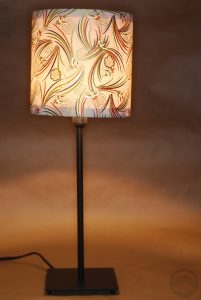
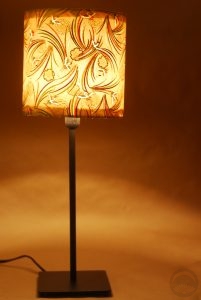
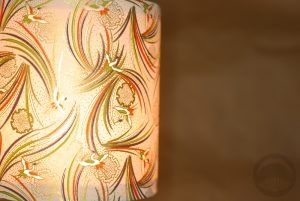
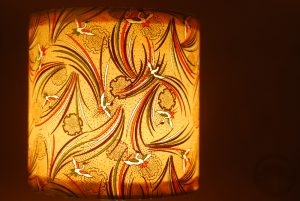
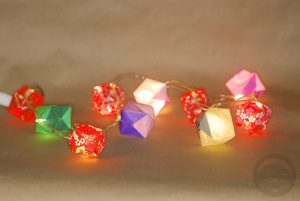
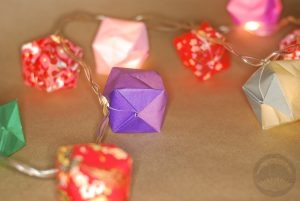
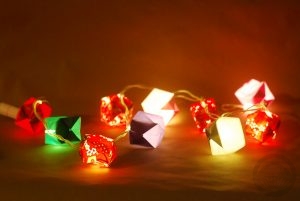
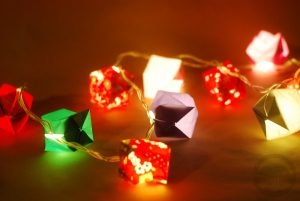
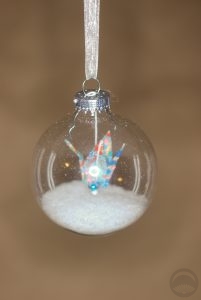

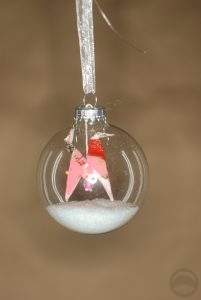
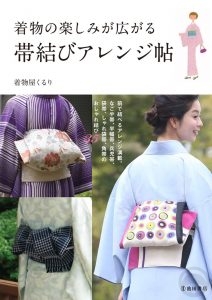
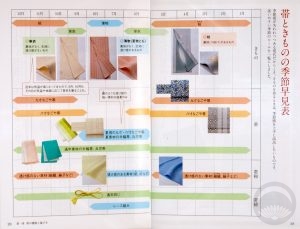
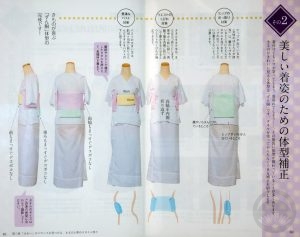
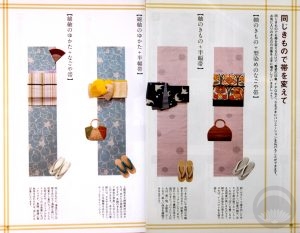
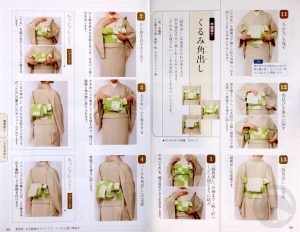
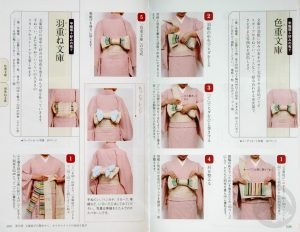
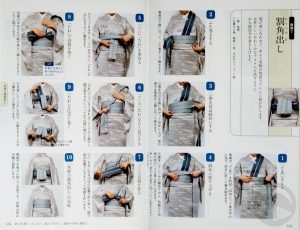
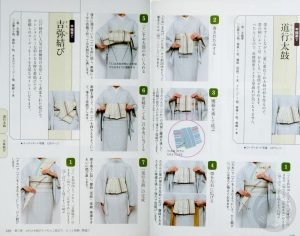
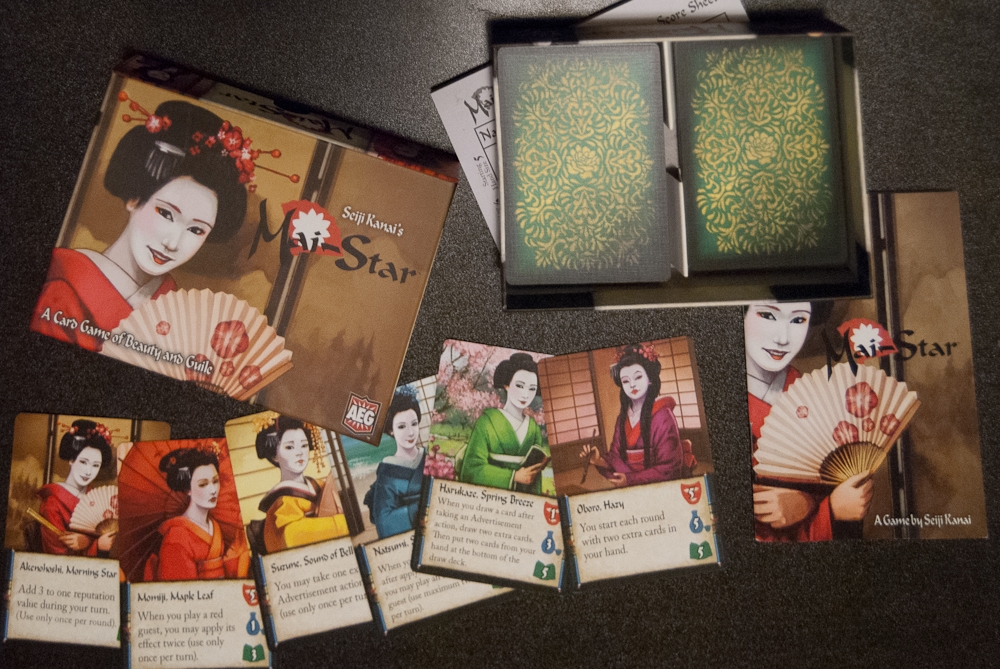
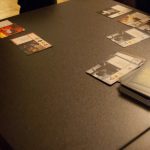
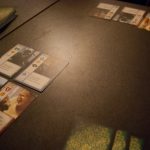


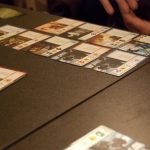

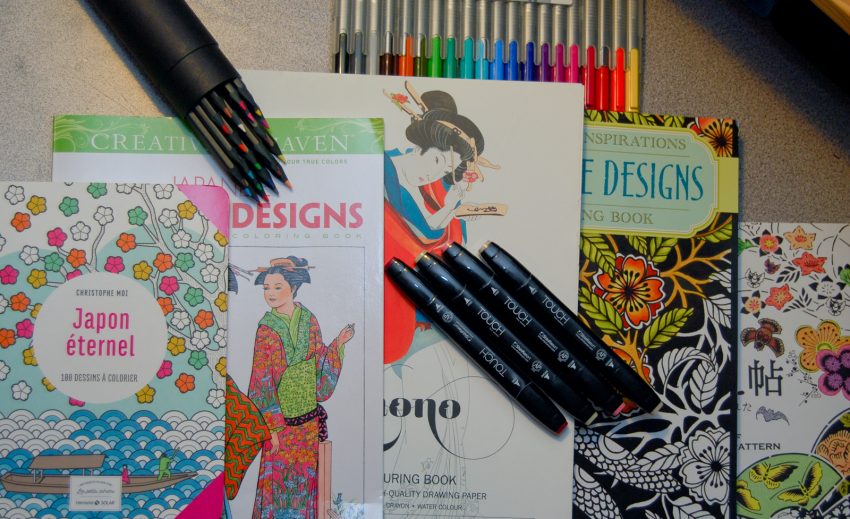
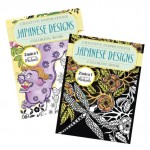
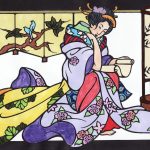
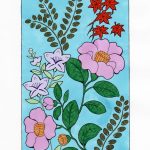
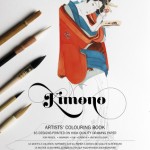
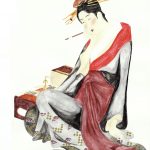
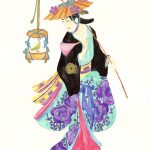
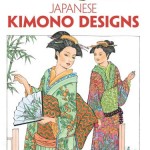
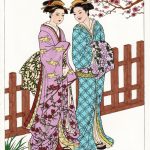
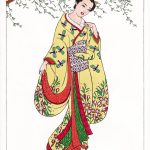
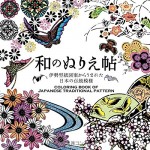


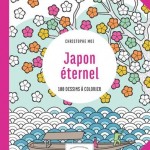
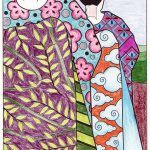

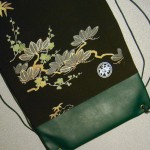
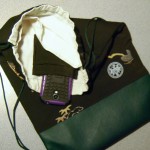
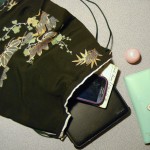

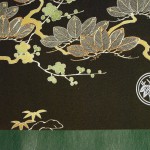





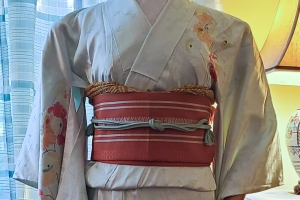

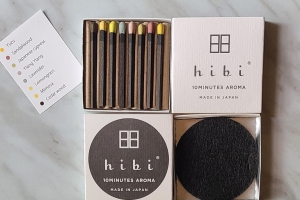
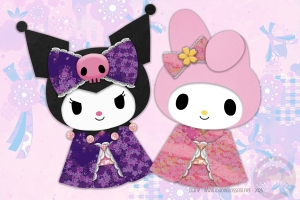
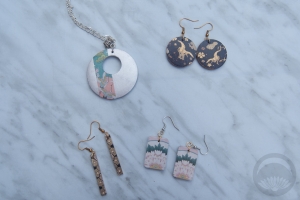

 Bebe Taian
Bebe Taian CHOKO Blog
CHOKO Blog Gion Kobu
Gion Kobu